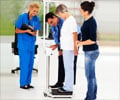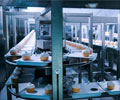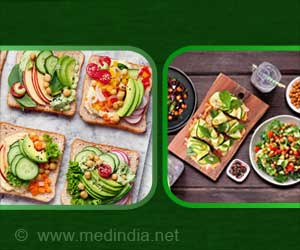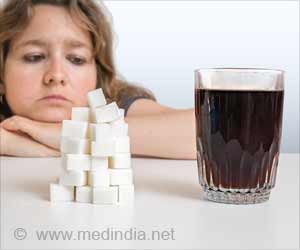Your teen is more likely to eat burgers and fries and wash it down with soda if you have lots of fast food restaurants and other outlets that sell junk food in your neighborhood.

The upshot? Nearly three-quarters of California teenagers live or go to school in neighborhoods that are crowded with fast food restaurants and other outlets that sell unhealthy food — convenience stores, liquor stores, dollar stores and pharmacies — relative to the number of healthier food outlets, such as grocery stores, produce vendors and farmers markets. And unsurprisingly, teens who live or go to school in such neighborhoods are more likely to drink soda and eat fast food.
Research has shown that the consumption of fast food and soda has been linked to taking in excess calories and can contribute to diabetes and obesity.
"You are what you eat. You are, also, where you live," said Susan Babey, a study co-author and a senior research scientist at the center. "And if you live in a place where there's a fast food restaurant or convenience store on every block, with few healthier alternatives, you are likely to eat more junk."
Many more unhealthy outlets
Using both the 2007 California Health Interview Survey and InfoUSA, a 2007 database of U.S. businesses, the study's authors calculated a Home and School Retail Food Environment Index, which measured the number of less healthy food outlets relative to the number of healthier outlets surrounding the homes and schools of California teens, and compared that measurement to teen junk food consumption.
Advertisement
And teens in more unhealthy neighborhoods were 17 percent more likely to drink soda every day and 18 percent more likely to eat fast food at least twice a week than their peers in healthier neighborhoods.
Advertisement
Few counties immune
The research showed that few counties, whether rural or urban, were immune from the unhealthy effects of junk-food outlet density. In San Benito, Sutter, Merced and Fresno counties, more than 70 percent of teens consume at least one soda per day. In Tulare, Riverside, Ventura and Kern counties, more than 55 percent of teens eat fast food at least twice a week. In total, 13 counties across California had Home and School Retail Food Environment Index scores of more than 8 points — an indication of a relatively unhealthy food environment.
The authors recommended a number of policy options to improve the food environments where teens live and go to school, including better zoning, especially around schools, and farm-to-school programs that bring fresh produce into school cafeterias. They also noted that better incentives were needed to bring healthy food outlets, such as farmers markets and grocery stores, into underserved neighborhoods.
"The research shows that how we plan and zone our communities has a real impact on our health and quality of life," Babey said. "Policymakers need to take this into account when deciding whether to zone a new grocery store or a fast food restaurant. Hopefully, they will make the healthy choice."
Source-Eurekalert














